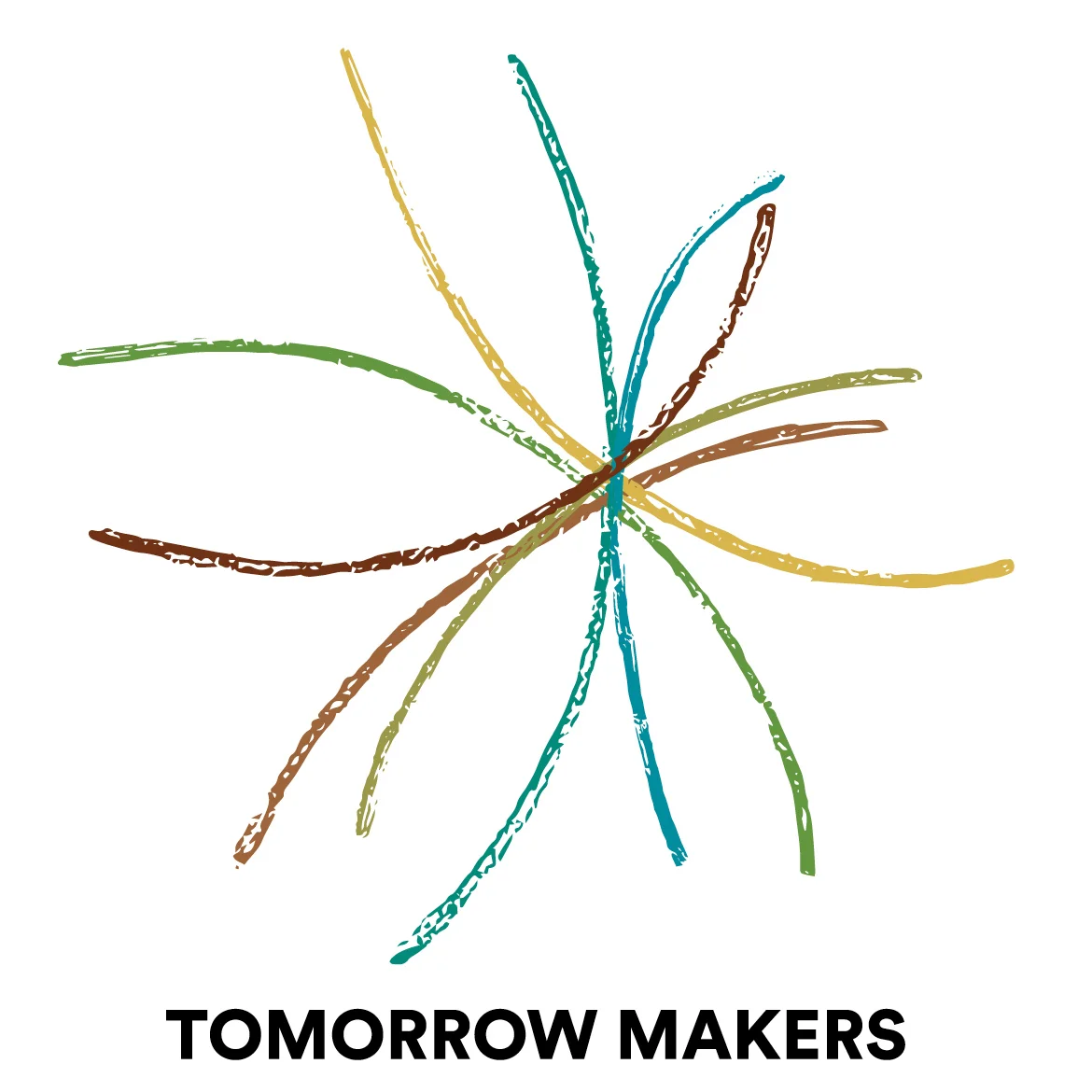Pangea Day - A Cross-Cultural Celebration
/"Any intelligent fool can make things bigger, more complex, and more violent. It takes a touch of genius -- and a lot of courage -- to move in the opposite direction." Albert Einstein
 I forwarded part of a email about Pangea Day to a friend...
I forwarded part of a email about Pangea Day to a friend...
...Take a look at these films. They are each just one minute long. They feature a choir in one country singing another country's national anthem: a simple idea that packs surprising emotional power.
France sings for USAKenya sings for India
Japan sings for Turkey
They were shot by film directors looking to support the landmark TED project Pangea Day....
After reading the email and listening to the singing, my friend wrote back:
"OK, you've got my attention - the idea is absolutely amazing (something about the simplest things)"
In deed! Pangea Day will be a remarkable day because people all over the world will come together, physically in communities, and virtually around the world, to celebrate together what is working. As of last count there were more than 1000 communities organizing events to gather the local energies, hearts and spirits to watch and sing and be inspired enough to continue the dialogs well past May 10, 2008.
The idea is simple really. Create a large vision. Share it. Create a self-organizing ecosystem of doers and like-minded people. Inspire networks to pass the word and create more self-organizing events. Many years ago we had simple market places where good ideas fermented and took root:
"In the market, language grew. Became bolder, more sophisticated. Leaped and sparked from mind to mind. Incited by curiosity and rapt attention, it took astounding risks that none had ever dared to contemplate, built whole civilizations from the ground up." The Cluetrain Manifesto, 2000
Today we have a global marketplace called the Internet. It is a remarkable tool.



